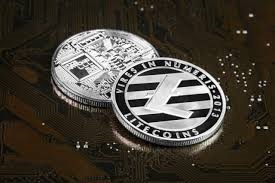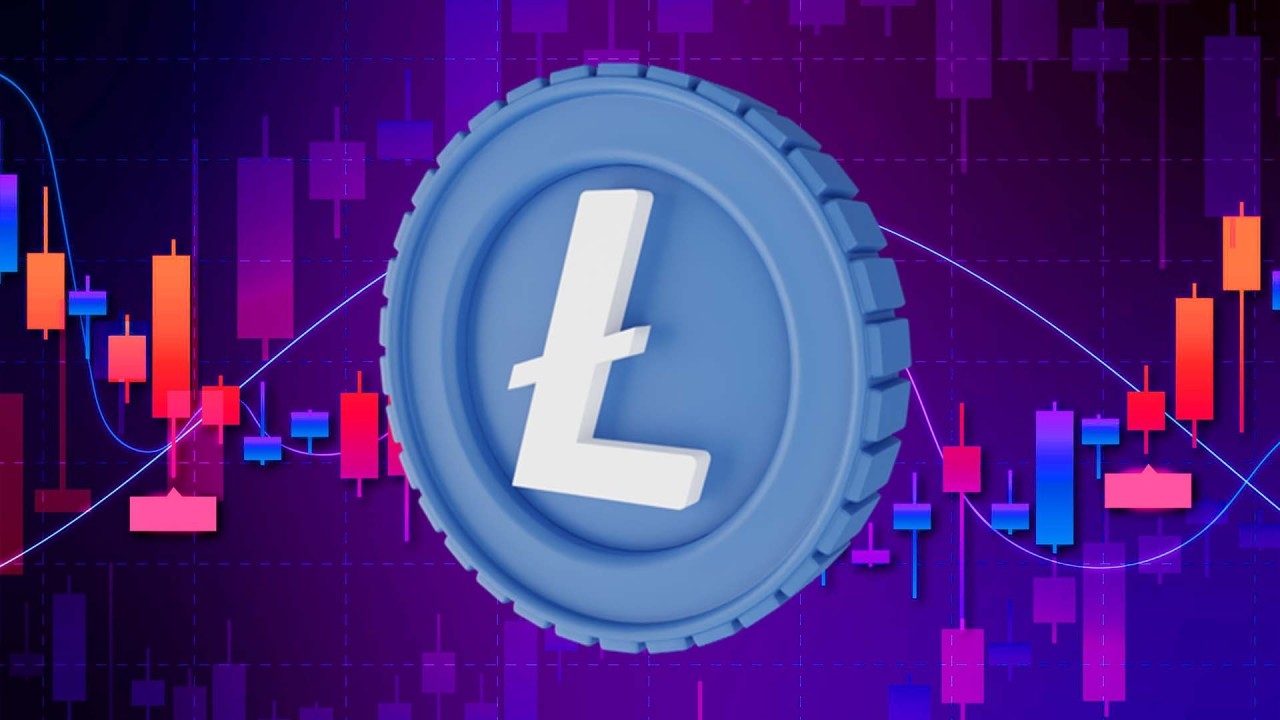Litecoin (LTC)

Litecoin (LTC) is a well-established cryptocurrency that aims to provide fast, secure, and low-cost payments by harnessing the unique advantages of blockchain technology. Created in 2011 by Charlie Lee, a former Google engineer, Litecoin was designed to be a lighter and more efficient alternative to Bitcoin (BTC). Launched on October 7, 2011, through an open-source client on GitHub, Litecoin’s network went live just five days later. Since its inception, it has gained significant traction, consistently ranking among the top ten cryptocurrencies by market capitalization.
This growth can be attributed to its robust technological framework and practical applications in real-world transactions. Fundamentally, Litecoin is a peer-to-peer cryptocurrency that shares many similarities with Bitcoin; however, it incorporates several enhancements that make it more suitable for everyday transactions. While Bitcoin is often viewed as a store of value, Litecoin was developed with the intent of enabling cheaper, faster transactions.
Litecoin’s key features include fast transaction speeds, low transaction fees, high availability, and decentralization. With a block generation time of just 2.5 minutes, Litecoin processes transactions significantly quicker than Bitcoin, making it ideal for everyday use and microtransactions. Its transaction fees are exceptionally low, which encourages its adoption for smaller payments and point-of-sale transactions. Furthermore, Litecoin has a maximum supply of 84 million coins—four times that of Bitcoin—making it more accessible for users. Like Bitcoin, Litecoin operates on a decentralized network, ensuring that no single entity can control or manipulate the currency, which is fundamental to its design and functionality.
Litecoin operates on a blockchain, a shared digital ledger that records all transactions across the network. This ledger is decentralized and secured through cryptographic protocols, ensuring transparency and integrity. The blockchain is the backbone of Litecoin, holding a record of every transaction made. Transactions are grouped into “blocks” by miners, who then secure these blocks using cryptographic techniques. Each block is linked to the previous one, forming a chain that cannot be altered without consensus from the network. Mining is the process through which new Litecoin coins are created and added to the blockchain. Miners utilize specialized software to solve complex mathematical problems, securing each block to the existing chain.
Upon successful mining of a block, miners are rewarded with newly minted Litecoin, incentivizing the ongoing process of mining. Litecoin employs the Scrypt hashing algorithm, which differentiates it from Bitcoin’s SHA-256 algorithm. Scrypt was chosen to ensure that the mining process could be more accessible to individuals using standard CPUs and GPUs, as opposed to being dominated by ASIC miners. However, over time, ASIC miners designed for Scrypt have emerged, leveling the playing field.

While Litecoin and Bitcoin share many similarities, several critical differences set them apart. Transaction speed is a significant differentiator; Litecoin’s 2.5-minute block time allows for quicker transaction processing compared to Bitcoin’s 10-minute block time. This speed enables Litecoin to handle a higher transaction volume within the same timeframe, making it more practical for everyday transactions.
Additionally, both cryptocurrencies have a finite number of coins, but Bitcoin has a hard cap of 21 million coins, while Litecoin’s limit is set at 84 million. This larger supply means that Litecoin can cater to a broader user base, which is particularly beneficial for microtransactions. In terms of market capitalization, Litecoin generally has a smaller market cap than Bitcoin, but it remains one of the most traded cryptocurrencies, reflecting a healthy level of interest and investment. Furthermore, the mining algorithms used by each cryptocurrency are different; Litecoin utilizes the Scrypt algorithm, while Bitcoin relies on SHA-256. This distinction affects the mining landscape, as Scrypt was chosen to prevent mining centralization.
When it comes to trading Litecoin, it is usually quoted against fiat currencies, with the US dollar (USD) being the most common pair. Investors can buy Litecoin on various cryptocurrency exchanges, with prices fluctuating based on market conditions. At CMC Markets, traders can engage with Litecoin through spread betting or contracts for difference (CFDs). This allows them to speculate on Litecoin’s price movements without owning the actual cryptocurrency. Instead of buying and holding Litecoin, traders open positions that fluctuate in value based on market changes.
Trading Litecoin through CFDs and spread betting enables traders to access leveraged positions, allowing them to deposit only a fraction of the total value of a trade. This efficient use of capital is beneficial, but it is essential to note that while leverage can amplify profits, it also magnifies potential losses. Another advantage of trading Litecoin through platforms like CMC Markets is that there is no need to set up an exchange account or cryptocurrency wallet, simplifying the trading process and eliminating concerns about wallet security and withdrawal fees.
Litecoin’s price is subject to volatility, influenced by several key factors. Regulation is a significant concern; the cryptocurrency market is largely unregulated, and impending regulatory changes could greatly impact Litecoin’s value. Investors are keenly aware of how regulation can affect adoption and market dynamics. Supply and demand also play a crucial role in determining price; Litecoin has a finite supply, with only 84 million coins available to mine.
The availability of new coins entering the market, along with demand from buyers, significantly influences its price. Market sentiment is another factor that can dramatically affect Litecoin’s price. News regarding security, longevity, or developments within the cryptocurrency space can lead to rapid fluctuations in value. Additionally, Litecoin’s acceptance as a payment method by businesses and consumers influences its value, with increasing adoption likely leading to greater demand and higher prices.
The future of Litecoin remains promising, especially with ongoing developments and enhancements to its technology. As more users become aware of the advantages of faster, cheaper transactions, Litecoin is likely to see increased adoption. The growing interest in cryptocurrencies as a whole suggests that Litecoin could continue to thrive alongside Bitcoin and other altcoins.
The Litecoin Foundation is actively engaged in fostering advancements in the Litecoin network, including improvements in security, privacy features, and transaction efficiency. Innovations such as the Lightning Network aim to enhance transaction speeds even further, positioning Litecoin as a formidable competitor in the crypto space. Moreover, Litecoin boasts a strong community of developers and supporters who contribute to its growth and stability. This community-driven approach has helped maintain Litecoin’s relevance and adaptability within the rapidly evolving cryptocurrency landscape.
In conclusion, Litecoin stands as a robust alternative to Bitcoin, offering faster transaction times, lower fees, and greater coin availability. With its solid technological foundation and active community, Litecoin continues to carve out a significant place within the cryptocurrency ecosystem. As the digital currency landscape evolves, Litecoin’s innovative approach and commitment to efficient transactions position it as a key player in the ongoing cryptocurrency revolution. For anyone interested in exploring Litecoin further, whether through trading or utilizing it for transactions, understanding its fundamental principles and market dynamics is essential for making informed decisions in this exciting and rapidly changing space.